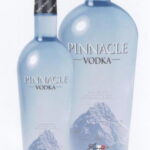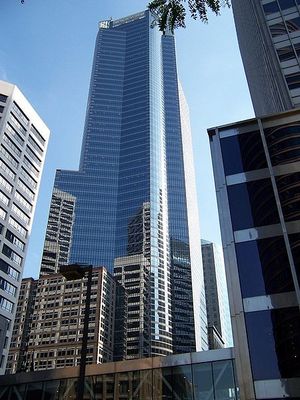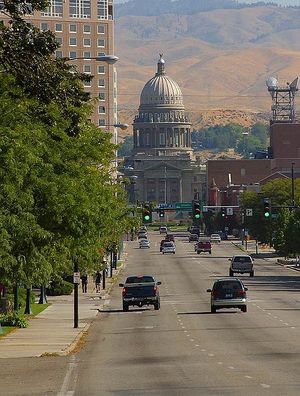Probably most Americans won’t know this until I point it out – a large percentage of the population confuse Sweden and Switzerland. If after reading that first sentence, you find yourself wondering just what is the difference between Switzerland and Sweden, read on. Even if you know that the Swiss are punctual bankers who make chocolate while the Swedes are Volvo-making, vodka drinking nudists who were well represented on the muppets, I might surprise you with some new tidbits.
First, location, location, location. Sweden is a phallic looking land mass which begins in the arctic circle and terminates in the Baltic Sea. Sweden has 3,218 kilometers of coastline. It is separated from Russia by a thin slip of land called Finland.
Switzerland, by contrast, is a landlocked country in central Europe. It bears no resemblance to any body part. It has no coastline, and is bordered by five countries: Germany, France, Italy, Austria, and Liechtenstein. It is separated from Russia by a large group of countries called Eastern Europe.
Next, language. In Sweden, the Swedish people speak Swedish (or Svenska, which means Swedish in Swedish.) In Switzerland, the Swiss people speak German, French, Italian, and Romansch.
Let’s move on to landscape. As we already know, Sweden has a coastline on the Baltic Sea. It also has a lot of lakes. The mountains in Sweden form its border with Norway, their highest point is 2,111 meters. Most of Sweden is not mountainous. The CIA factbook says Sweden’s chief natural hazard is ice floes interfering with maritime traffic.
Switzerland’s landscape is described as mostly mountainous. Its lowest point is 195 meters above sea level, its highest is 4, 634 meters – more than twice the height of Sweden’s highest point. The CIA factbook says Switzerland’s biggest natural hazards are avalanches, landslides, and flash floods.
Sweden’s population is just over 9 million, Switzerland’s is just over 7.5 million. Oddly, the two countries share the same life expectancy at birth – 80.51 years. Apparently Switzerland’s avalanches and landslides aren’t taking any more lives than Sweden’s ice floes.
Switzerland is a direct democracy and has never had a monarch since its inception in 1291. Sweden was founded in 1523 and still has a king; their government is a constitutional monarchy.
Lastly, let’s talk about what the Swedes and the Swiss have given us that we’ll remember. Sweden has produced: Volvo, Saab, Absolut, IKEA, swedish fish, dynamite, the Nobel awards, the ‘sport’ of orienteering, and ABBA. Contrary to popular belief, Sweden did not give the world the Swedish Bikini Team, they was just a couple of blonde American girls used to sell beer.
Where Sweden took care of our automotive and beverage needs, the Swiss have produced some wonderful items including: Lindt, Toblerone, and other chocolates, Ricola, Swiss Army knives, fondue, Gruyere and Emmental (which Americans call Swiss cheese,) Mennonites, Absinthe, and a place to hide our ill-gotten financial gains.
I hope this overview of some of the differences between Sweden and Switzerland has helped you whether you’re planning a vacation or a purchase. Enjoy!






